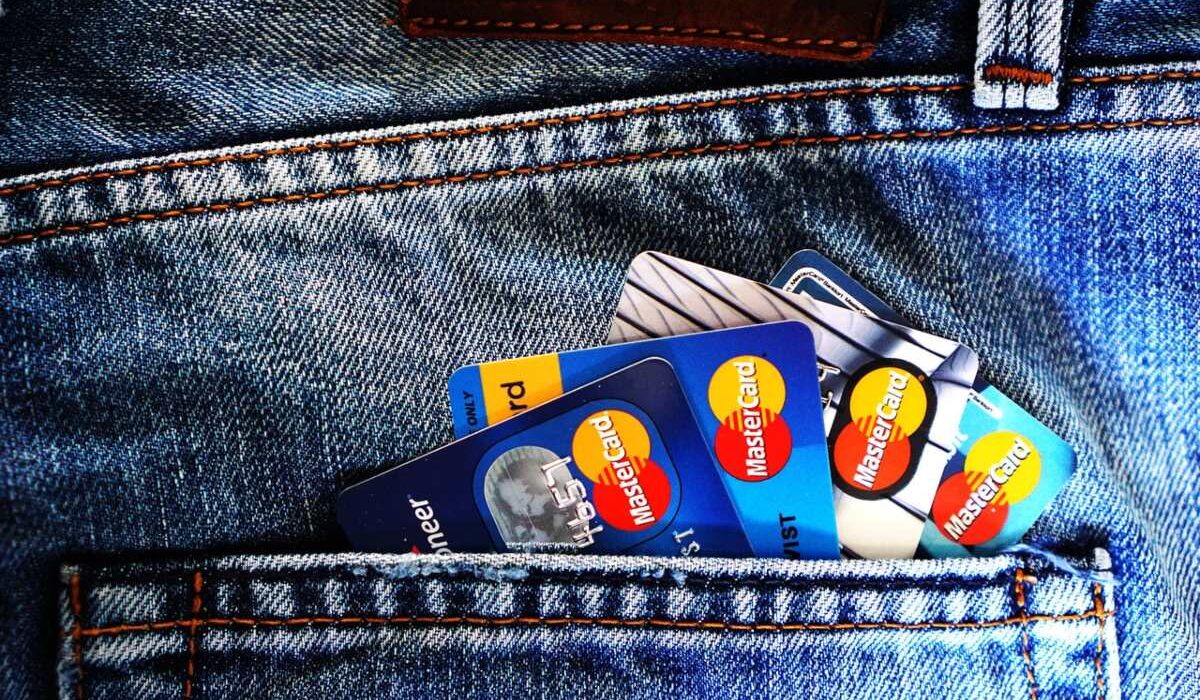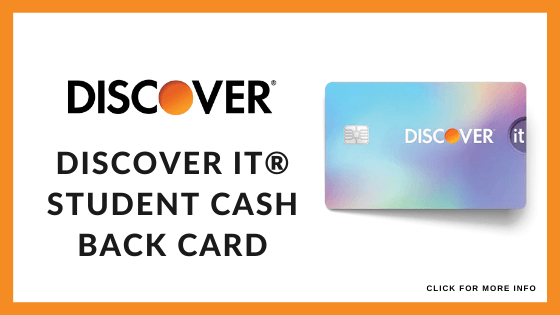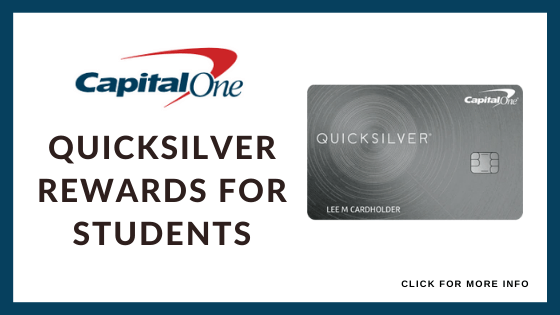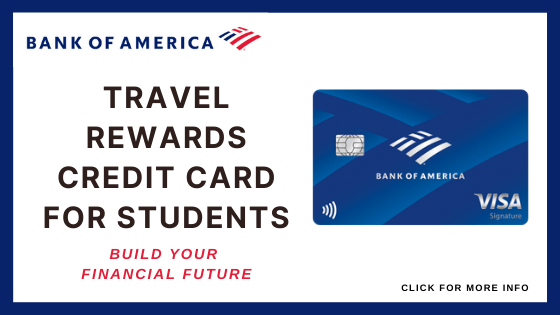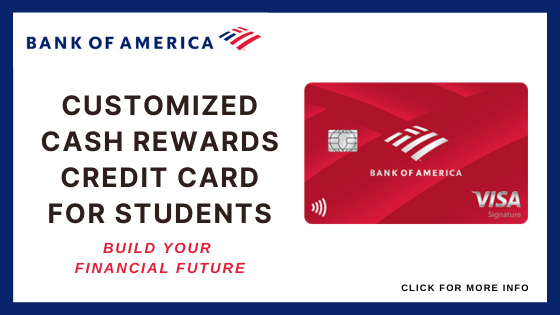The 5 Best Student Credit Cards Out There
College is a time filled with difficult decisions. You have to struggle with choosing a major, making friends, and participating in campus life, all while attempting to perform well in classes. One thing that often gets overlooked in college is setting yourself up for financial success. One of the easiest ways to do that is by signing up for a credit card.
Five of the best student credit cards that can help set you up for financial success in college include:
- Discover It Student Cash Back Card
- Capital One Quicksilver Student Cash Rewards Credit Card
- Bank of America Travel Rewards for Students Card
- Bank of America Customized Cash Rewards Credit Card for Students
- Deserve EDU Mastercard for Students
In this article, we will help you understand the benefits of a student credit card and identify why the five cards listed above will help you on your way to financial success.
What is the Point of a Student Credit Card?
The purpose of a student credit card is to allow college students to start building a credit history while still attending school. The cards often have a low credit line, allowing students to learn how to properly use a credit card without the risk of getting into an overwhelming amount of debt.
What Makes a Student Credit Card Different from Other Credit Cards?
Student credit cards still follow the basic principles of any other credit card. It allows the credit account holder to borrow money from the bank on credit. A pre-arranged interest rate is then applied to any unpaid balance at the end of each month. However, there are some key differences between student credit cards and regular credit cards.
- Have a low credit limit: Since students have little to no credit history, the credit limit (the maximum amount of funds a lender will allow you to use on a credit line) on student cards is relatively low. This may work for a student’s benefit as it keeps them from getting into too much debt. Alternatively, a regular credit card’s credit limit is based on the account holder’s credit score, other credit lines, and outstanding debt.
- Are usually unsecured: A secured credit card is one that requires a minimum deposit in order to obtain. Student credit cards are almost always unsecured because applicants are expected to have little to no credit history. Other credit cards can be unsecured or secured depending on the perks and the account holder’s history.
- Offer limited rewards: Since lenders are taking a risk by offering credit to students with no credit history, the rewards of using the credit card often pale in comparison to the rewards offered by other cards. However, there are typically some incentives to get students to sign-up, like a low introductory APR or a small percentage of cashback.
- Have special benefits for students: in lieu of some benefits that other credit cards offer, student cards offer specific incentives geared towards students. For example, some student cards offer a credit statement for good grades or cashback on school supplies and books.
As a general comparison, student credit cards are geared to attract and benefit students, while other credit cards are aimed towards attracting the general public.
Is it Worth Getting a Credit Card as a Student?
Before answering the question, “should I apply for a credit card?” you should consider your money spending habits.
- Can you control your spending?
- Do you have the means to pay back anything you plan to charge on a credit card?
- Do you have a history of being responsible for money?
If you answered yes to all of the questions above, then it is definitely worth signing up for a student card. It allows you to start building a strong credit history by demonstrating that you are a responsible borrower and lengthening your credit history. These two factors will help immensely when applying for your first card.
In addition, credit cards can be great in an emergency. Life happens, your car may break down, or you could have a serious medical situation. In college especially, you may not have enough cases saved to pay for the costs associated with these emergencies, and that’s when a credit card comes in handy.
If you answered no to any of the questions above, you might want to consider waiting to get a credit card. Any potential benefit of signing up for a student card is nullified if you end up building up a lot of credit debt. Credit card debt can be hard to pay off because of high-interest rates and is especially detrimental early in life.
Additionally, the entire point of a student credit card is to allow young students to start building a strong credit history. A large amount of debt only hurts your credit score, nullifying any benefit of the student card.
If you don’t trust yourself to have your own credit card, ask one of your parents if they will consider adding you to their existing credit line. This allows you to start building a credit history while having someone else hold you accountable for your expenses.
The Best 5 Student Credit Cards Out There
If you’ve decided that applying for a student credit card is the right move for you, then we are here to help! Not all credit cards are created equal, as some offer much better benefits than others. Here are five of the best cards available to students now.
1. Discover It Student Cash Back Card
The Discover It Student Cash Back card is perfect for any student looking to get cashback on category-specific purchases. Some of the basic details of the card include:
- $0 annual fee
- 12.99% – 21.99% APR
- 0% into APR for six months
- Fair/ New to Credit
While the general offerings of this card are nothing out of the ordinary, the cashback offering is rather appealing. When activated, you can earn 5% cashback on a different category each quarter. The categories include Amazon, grocery stores, restaurants, etc. All other purchases earn 1% cashback.
The downside to this perk is that you can only earn up to 5% on $1,500 of the quarterly category. Additionally, you will need to remember to activate the bonus category in order to receive the cashback.
As an added bonus, Discover offers a $20 statement credit to those who can show proof of a GPA of 3.0 or higher for up to five years—adding just another incentive to succeed in school.
2. Capital One Quicksilver Student Cash Rewards Credit Card
The Capital One Quicksilver Student Cash Rewards is perfect for those who like simplicity. You get 1.5% cashback on every purchase that you make using the card. This keeps you from having to keep track of spending categories and allows you to get the maximum amount of cashback on every purchase.
Aside from the 1.5%, some of the general offerings of the card include:
- Fair Credit
- $0 annual fee
- 26.99% variable APR
Another great perk of this card is that there is no foreign transaction fee. Therefore, if you’re considering a study abroad program, this may be the card for you.
The major downside of this card is the extremely high APR. If you’re someone who carries an outstanding balance on their credit card from month to month, then the high APR will outweigh the cashback and foreign transaction fee perks.
3. Bank of America Travel Rewards for Students
If you are looking for a card to help cover travel to and from school, the Bank of America Travel Rewards card might be the right card for you. Some of the basic offerings include:
- 13.99% to 23.99% APR
- $0 annual fee
- 0% into APR for 12 billing cycles
- Good/Excellent credit
This card offers 1.5 points per dollar spent on all purchases, with an additional 10% bonus for having a checking having a Bank of America checking or savings account. These points can be redeemed on qualifying travel purchases, which can help with travel to and from school, the ultimate spring break, or study abroad. As an added bonus, there are no foreign transaction fees.
There is also a welcome bonus. You will get 25,000 points if you spend $1,000 within the first 90 days of opening the account. This could be a nice bonus if you have opened the card with a planned big purchase in mind.
The main downside of this card is that you need to have at least a good credit score to get approved. Therefore, while the card is geared towards students, this may be better as a second credit card after you’ve had the opportunity to build a little credit history.
4. Bank of America Customized Cash Rewards Credit Card for Students
Another great option for students from Bank of America is the Customized Cash Rewards Credit Card. It’s an extremely versatile card that focuses on cashback rather than travel. You get 3% cashback on a category of your choice, including online shopping, gas, travel, dining, drug stores, and home improvement. You also get 2% cashback at grocery stores or wholesale stores and 1% cash back on every other purchase.
Some of the general offerings include:
- $0 annual fee
- 13.99% to 23.99% APR
- Fair credit score
The card also offers a welcome bonus of $200 online cash rewards and an introductory 0% APR. The car does have a relatively high APR and charges a 3% foreign transaction fee.
5. Deserve EDU Mastercard for Students
All of the aforementioned cards are only available for students who are US citizens. The Deserve EDU Mastercard offers credit for international and US residents alike, as it does not require a social security number. Some of the general offerings include:
- 18.74% variable APR
- $0 annual fee
- No credit needed
This card also offers 1% cashback on all purchases and no foreign transaction fees. While this is a great option for non-US resident students, US residents should look for better perks elsewhere.
Which Card is Right for You?
You cannot go wrong with any of the credit cards listed above; however, the best card for you is really dependent upon your spending habits and priorities. For example, if you spend a lot of money in a specific spending category, then the Bank of America Customized Cash Rewards Credit Card might be the right choice for you. However, if you spend across all categories equally, then you may benefit from Capital One Quicksilver Student Cash Rewards the most.
If you don’t mind spending a little time strategizing, signing up for two different cards may be the way most beneficial. For example, if you had both of the Bank of America cards on this list, you could use the cash back card on everyday purchases to maximize your return, but then use the travel card while abroad to avoid foreign transaction fees.
Regardless of the card that you choose, if you can control your spending and not carry a balance, you’ll be well on your way to building strong credit while earning rewards along the way.


